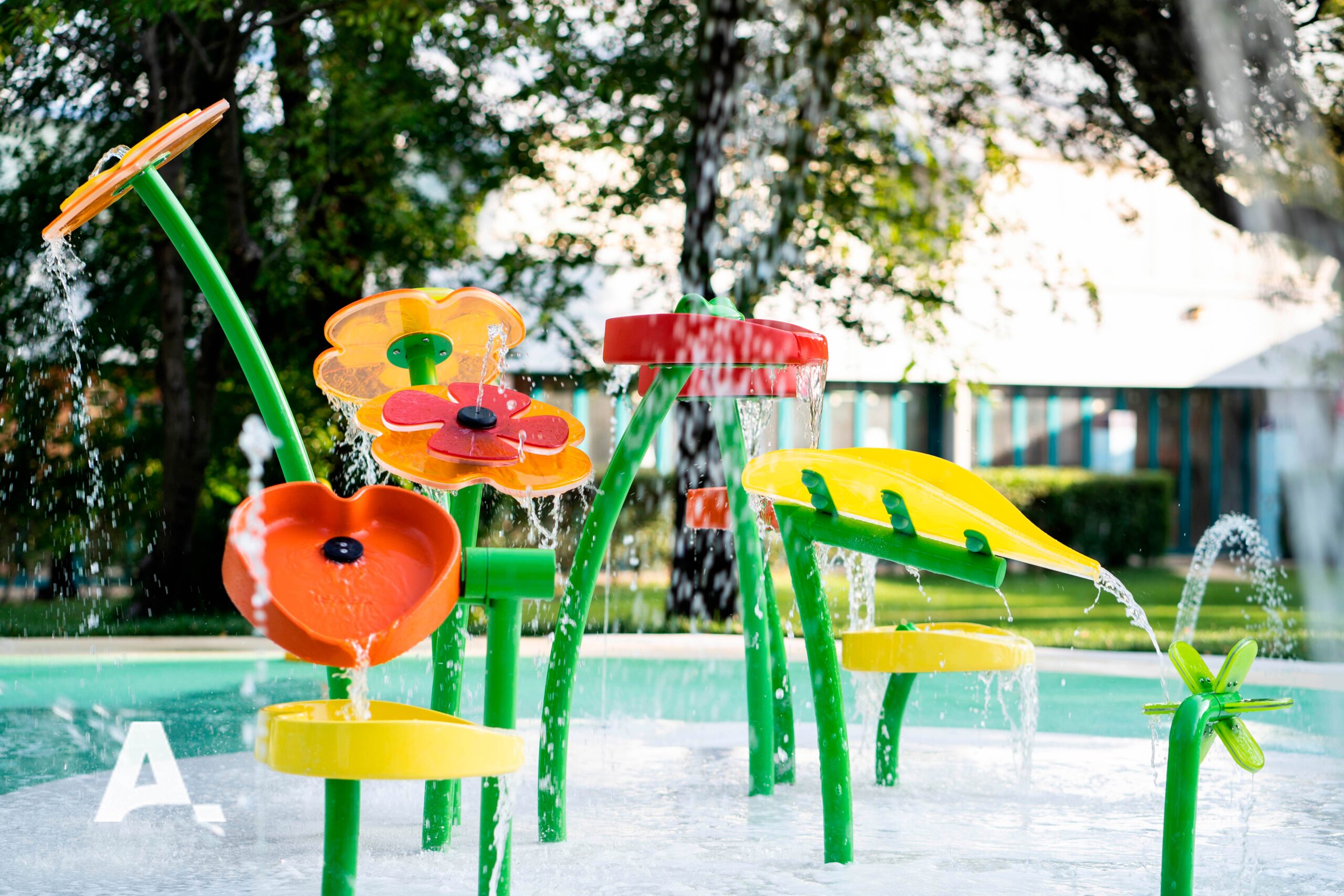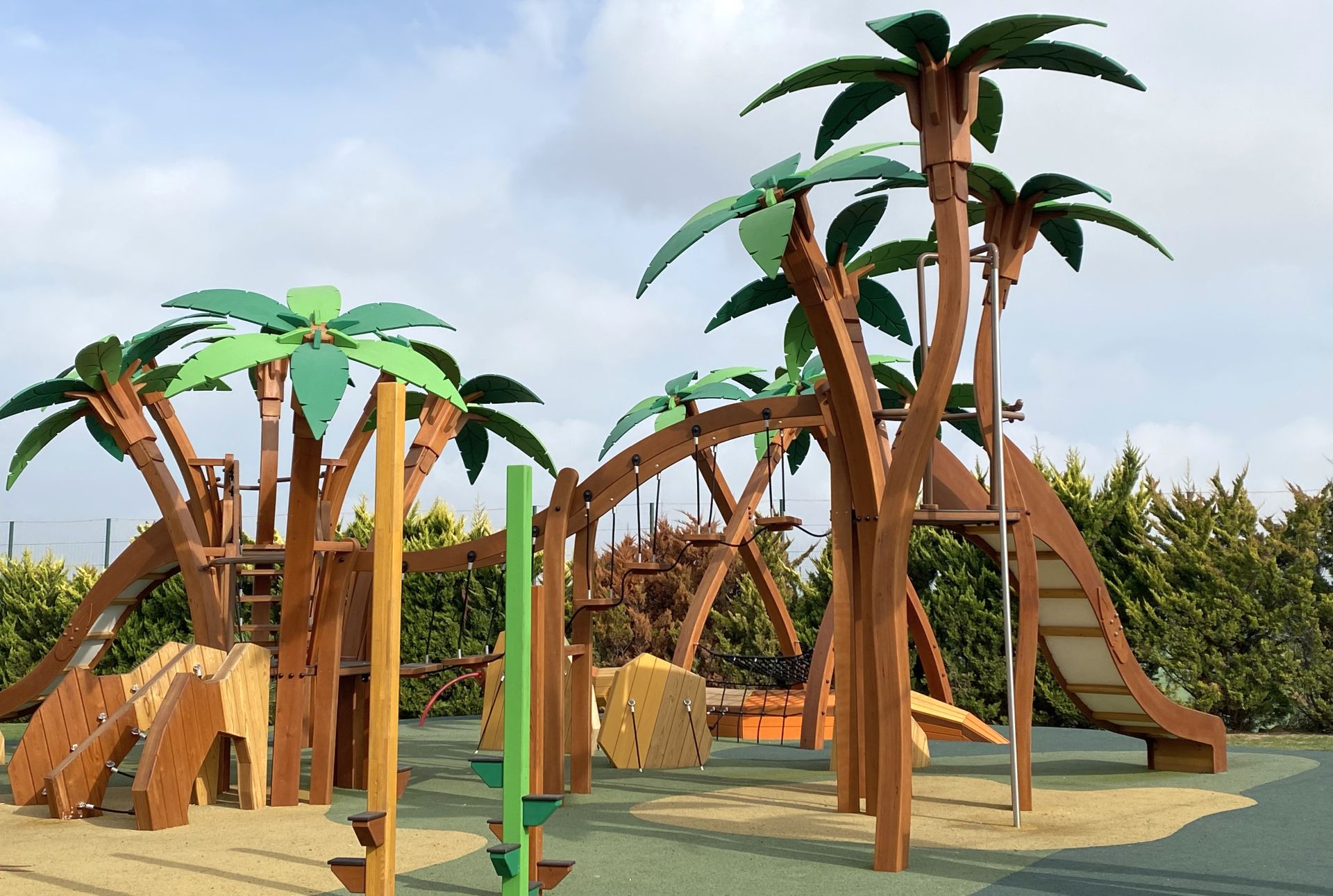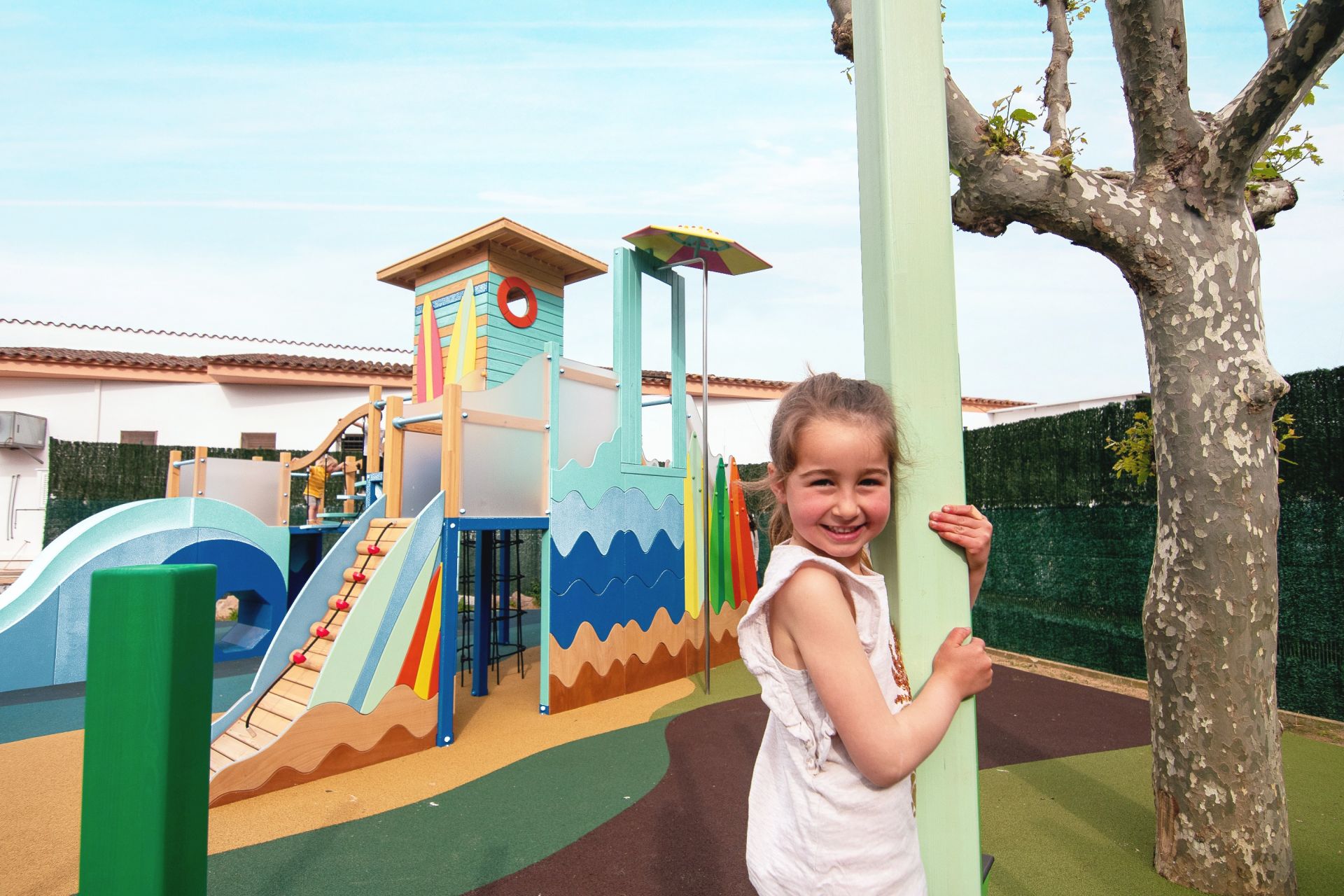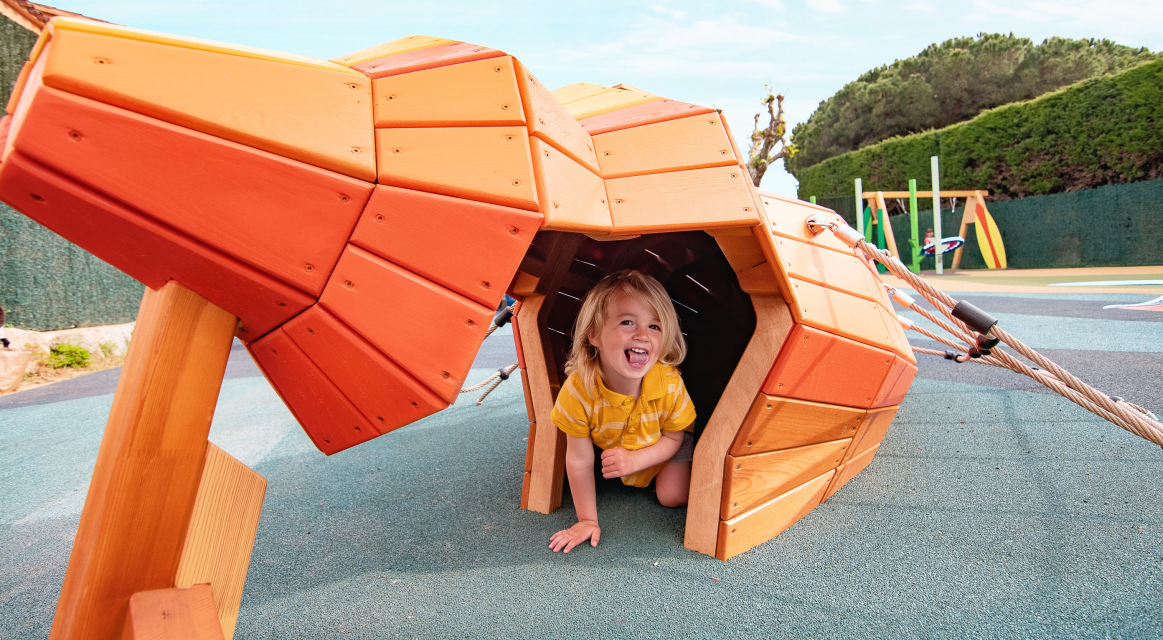Playgrounds have evolved beyond a simple collection of swings.
Today, their design must reflect a broader vision: creating distinctive spaces that connect with people, enhance playability, and integrate meaningfully into urban or tourist environments.
At ISABA, we approach each project with this comprehensive perspective. Below, we outline five key considerations for rethinking the design of today’s playgrounds.
Age-appropriate zones for progressive play
Each stage of childhood requires different stimuli and challenges. That’s why organizing play elements by age group is essential to encourage safe, stimulating, and progressive development.
From gentle structures for younger children to more complex areas for older ones, a well-zoned playground:
-
Reduces conflicts between children of different ages.
-
Encourages independence and free play.
-
Improves the durability of equipment by adapting to real usage.
Designing with these criteria not only promotes inclusion but also enhances the overall experience for all users.
Enhancing the user experience
At ISABA, we always work with a holistic view of child development, integrating each zone into a coherent, appealing, and functional environment.
High durability, low maintenance
A playground is a long-term investment. Each component must be designed not only to withstand heavy use but to do so with maintenance that is simple and viable for public administrations.
This is achieved by:
-
Selecting durable, weather-resistant materials.
-
Using construction solutions that minimize the need for technical interventions.
-
Including slip-resistant, wear-resistant surfaces.
-
Ensuring easy access to technical areas for maintenance tasks.
Smart design reduces operational costs without compromising on quality.
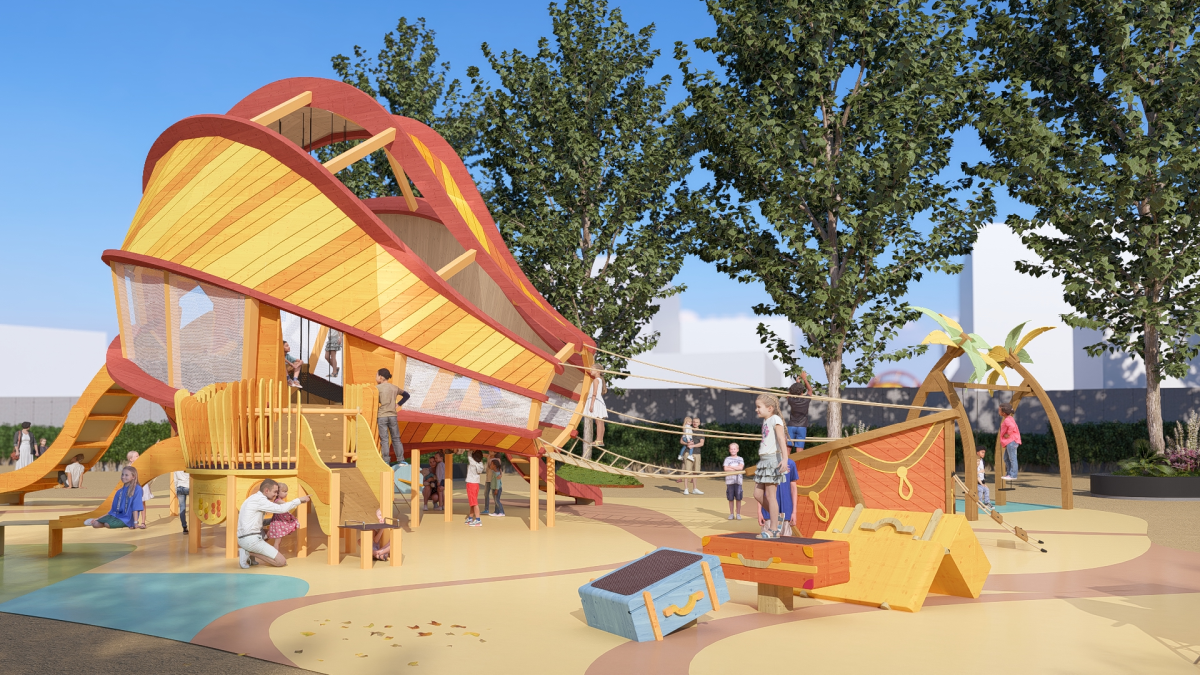
Criteria for making a playground environmentally responsible
Now more than ever, environmental responsibility is no longer an added value — it’s a requirement.
In a playground, this translates into:
-
Choosing recyclable or low-impact materials.
-
Designing permeable surfaces to support water management.
-
Providing natural shade or structures that improve thermal comfort.
-
Integrating solutions that extend the lifespan of equipment.
Moreover, sustainability is also reflected in how a playground enhances the urban environment, encourages active use of public space, and strengthens community ties.
Criteria for making a playground accessible
A truly accessible playground is one where all children can play without limitations. It’s not just about adding a ramp — accessibility must be understood as a fundamental design principle.
This includes:
-
Compliance with the UNE 170001-1:2007 standard for universal accessibility and design for all.
-
Continuous, slip-resistant impact-absorbing surfaces such as rubber or EPDM flooring to support mobility and safety.
-
Wide, level walkways free of visual or physical barriers.
-
Low-height and inclusively activated play elements that are accessible to users with reduced mobility or sensory diversity.
Designing with these principles improves integration and enhances the experience for everyone.
 Instagram
Instagram